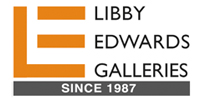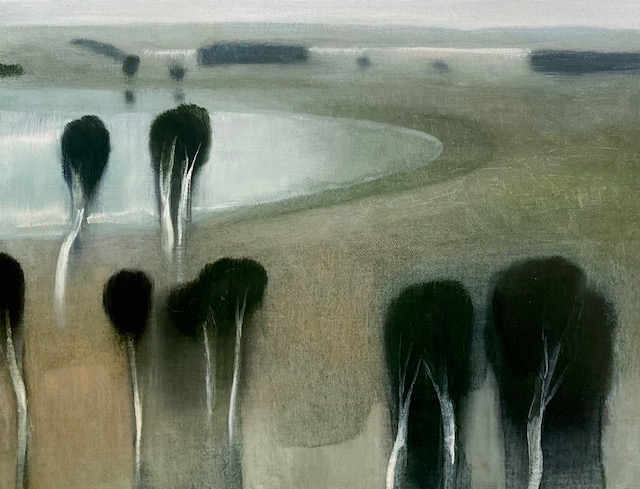Melbourne artist Graeme Altmann was born at the end of the Great Ocean Road, where the wind and salt have carved out some of Victoria’s most spectacular coastline. It is the coast that continues to inspire his current series of exquisitely lyrical and painterly works such as, “on the jetty” and “crab nets & jellyfish”.
“My inspiration has been driven by my love and fear of the sea. Rather than reflect traditional qualities of direct observation I endure to emphasize not just what the sea and landscape looks like or what its material qualities might be, but the experience it engenders. My immersive practice reflects on the different languages I adopt and the uses for which I deploy painting and sculptural ideas, which go beyond the purely aesthetic. My paintings emerge through a succession of intuitive yet complex decisions, guided by the internal logic of each composition that is initiated from the first mark. Marine life, Seascapes and Landforms continue to inspire and emerge as part of my enduring artistic language.”
Altmann completed a Bachelor of Fine Arts at Deakin University in 1986. In 1995 Altmann undertook a residency at Arthur Boyd’s ‘Shoalhaven Studio’ in NSW and in 2005 won the Mission to Seafarers Art Prize. The artist has a slew of admirers and serious collectors of his work, having held numerous solo exhibitions. He is represented in numerous significant collections including Artbank, BHP Billiton, Embassy of Switzerland, Sir William Dobell Art Foundation and Warnambool Art Gallery.
Meanwhile Altmann’s diverse studio practice of drawing, painting, sculpture and ship-insprird assemblages, still leaves him time to continue the highly-coveted surrealist ‘coast & boats’ series. The themes move through ideas of stability and change: of our human need to strive for new ground, while often suffering a sense of loss and displacement as we transition through life. “The floating boat captures the sense of being caught between the two worlds of where we are and we feel we should be. This distance from our desires can be a good thing as it forces us to look inward and reflect upon what it is we are seeking and what makes us fulfilled.” Similarly, the dramatic, twisted forms of the coastal Moonah tree captured in Altmann’s work invite the viewer to consider the forces that have sculpted their lives: “The shape of the Moonah tree is determined by where it has set down its roots and while it may end up growing in ways that are unexpected and even absurd, it has its own unique presence.”








